The juice market has increased in value by 7.6% in the latest year, growing at double the rate of total food and drink.
More than 90% of the population purchased fruit juices and, despite already high shopper levels, the market has succeeded in bringing in new consumers, with not from concentrate (NFC) as an entry point.
The main growth is coming from existing buyers spending more - a combination of them buying more juices, more often and the impact of an increase in average price. The average shopper spent £37.03 a year on juice and juice drinks, an increase of £2.31 per buyer - buying two packs per trip and shopping twice a month.
The take home smoothie market has more than doubled, and is now worth more than £25m. It is driven by a shopper base that has doubled in size, with average spend being maintained, despite the impact of falling average prices as fewer premium smoothies enter the market. With continued demand for healthy, convenient products, smoothie growth is set to continue.
NFC is driving growth, accounting for almost a quarter of market value, primarily due to the extension of own label offerings. Consumers are trading up from ambient to chilled and also buying fresh.
Key brands, such as Tropicana, Copella and Grove Fresh, are enjoying strong performance. New brand Minute Maid has also helped drive incremental value into the NFC sector.
Strong growth is coming from mango and pineapple-based products, while pomegranate heads into the top ten flavours, driven by the success of the brand Pomegreat.
Discounters, Waitrose and Sainsbury perform well in the market, with Morrisons continuing to suffer due to its sell-offs.
Susanna Marchant, TNS Worldpanel
More than 90% of the population purchased fruit juices and, despite already high shopper levels, the market has succeeded in bringing in new consumers, with not from concentrate (NFC) as an entry point.
The main growth is coming from existing buyers spending more - a combination of them buying more juices, more often and the impact of an increase in average price. The average shopper spent £37.03 a year on juice and juice drinks, an increase of £2.31 per buyer - buying two packs per trip and shopping twice a month.
The take home smoothie market has more than doubled, and is now worth more than £25m. It is driven by a shopper base that has doubled in size, with average spend being maintained, despite the impact of falling average prices as fewer premium smoothies enter the market. With continued demand for healthy, convenient products, smoothie growth is set to continue.
NFC is driving growth, accounting for almost a quarter of market value, primarily due to the extension of own label offerings. Consumers are trading up from ambient to chilled and also buying fresh.
Key brands, such as Tropicana, Copella and Grove Fresh, are enjoying strong performance. New brand Minute Maid has also helped drive incremental value into the NFC sector.
Strong growth is coming from mango and pineapple-based products, while pomegranate heads into the top ten flavours, driven by the success of the brand Pomegreat.
Discounters, Waitrose and Sainsbury perform well in the market, with Morrisons continuing to suffer due to its sell-offs.
Susanna Marchant, TNS Worldpanel








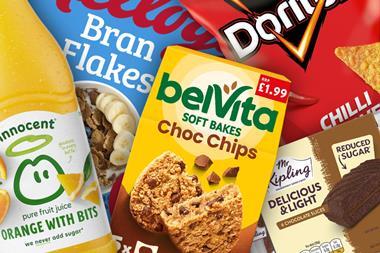
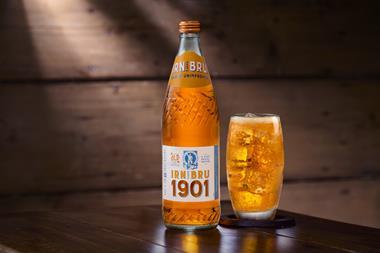
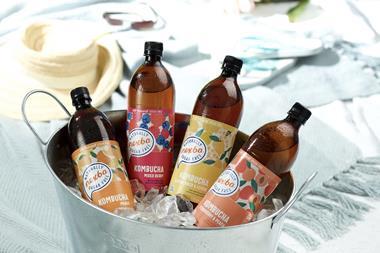


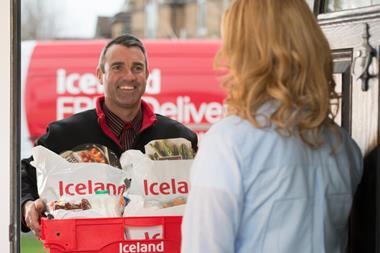
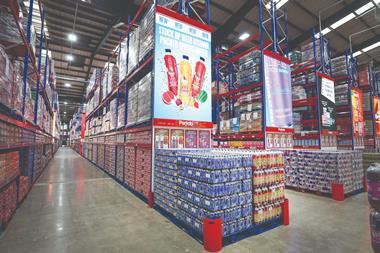
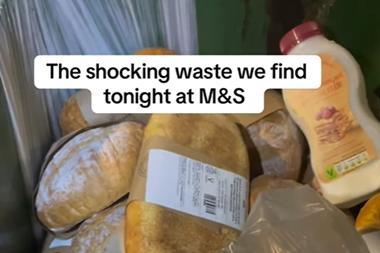
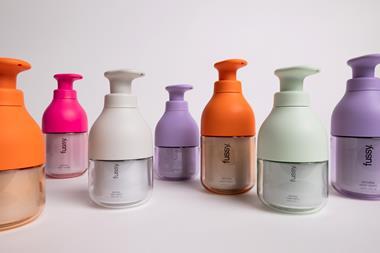


No comments yet